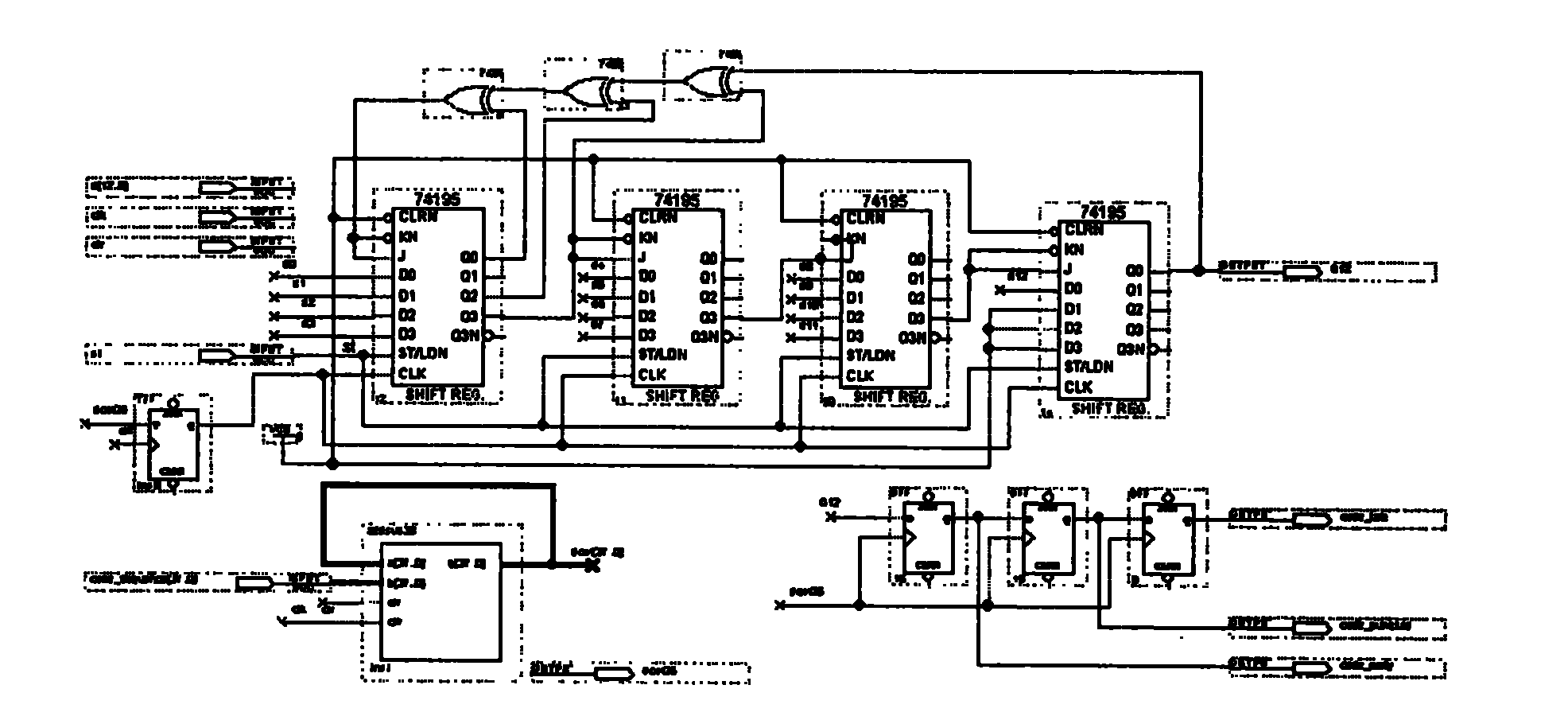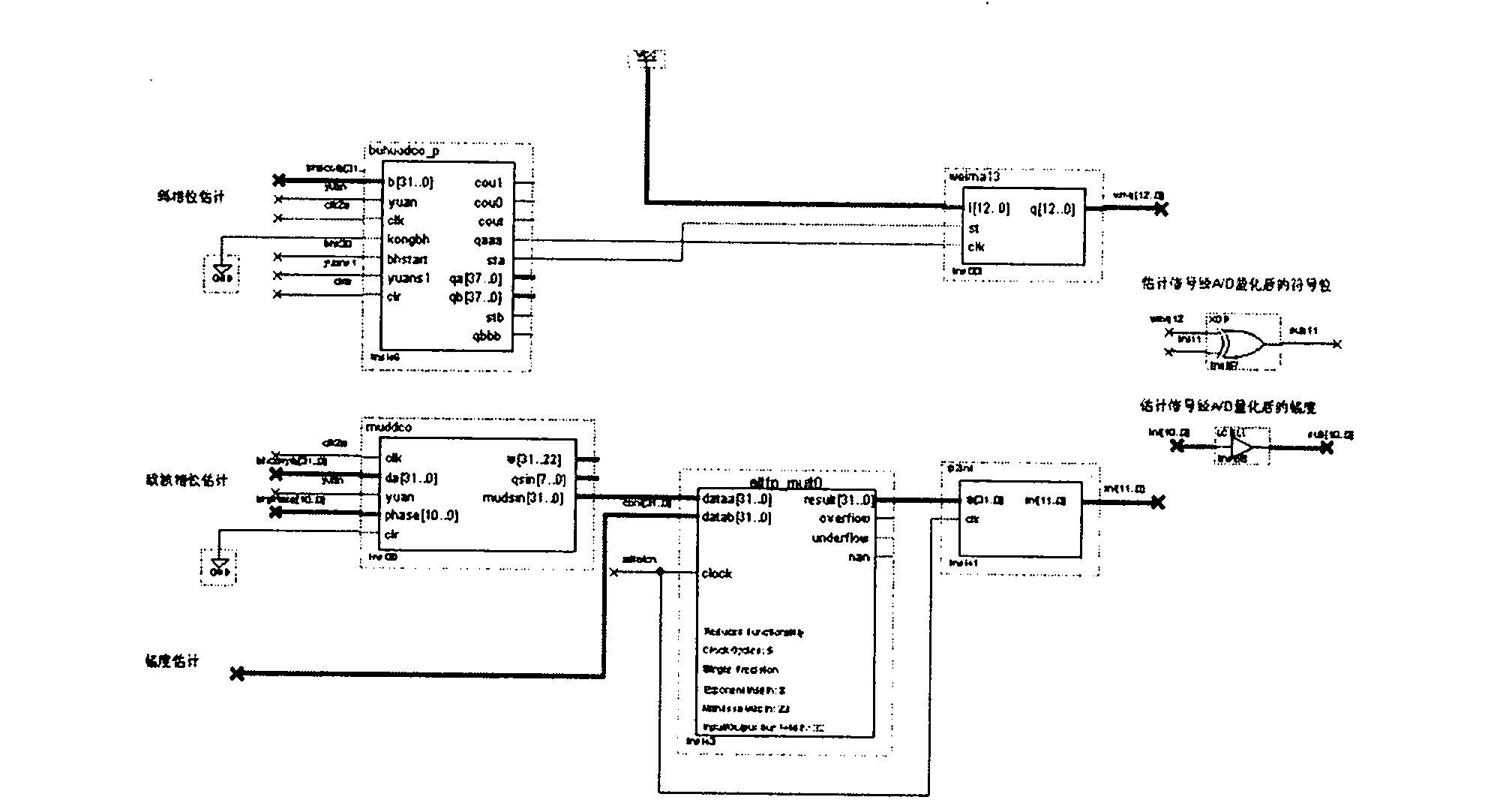Algorithm and realization of self-adaptive parallel interference cancellation multi-user detector
A technology of multi-user detection and interference cancellation, applied in the field of multi-user detection devices, can solve the problems such as the degradation of detector performance, the effect of improving system performance not meeting system requirements, and the lack of real-time adjustment of detector parameters.
- Summary
- Abstract
- Description
- Claims
- Application Information
AI Technical Summary
Problems solved by technology
Method used
Image
Examples
Embodiment Construction
[0118] The concrete realization process of the present invention is described in detail below in conjunction with accompanying drawing:
[0119] Maritime radio navigation system is greatly affected by multiple access interference, and the improvement effect of typical multi-user detectors on the system bit error rate cannot meet the system requirements. The system model given in the present invention only considers the situation of receiving three interference signals from navigation stations at the same time. Figure 5 Basic block diagram for an adaptive parallel interference cancellation detector implementation.
[0120] The self-adaptive parallel interference cancellation multi-user detector in the figure is composed of two main modules, which are "adaptive module" and "parallel interference cancellation module". The "parallel interference cancellation module" is a single-stage parallel interference cancellation detector. Its composition mainly includes five parts: index,...
PUM
 Login to View More
Login to View More Abstract
Description
Claims
Application Information
 Login to View More
Login to View More - R&D
- Intellectual Property
- Life Sciences
- Materials
- Tech Scout
- Unparalleled Data Quality
- Higher Quality Content
- 60% Fewer Hallucinations
Browse by: Latest US Patents, China's latest patents, Technical Efficacy Thesaurus, Application Domain, Technology Topic, Popular Technical Reports.
© 2025 PatSnap. All rights reserved.Legal|Privacy policy|Modern Slavery Act Transparency Statement|Sitemap|About US| Contact US: help@patsnap.com



